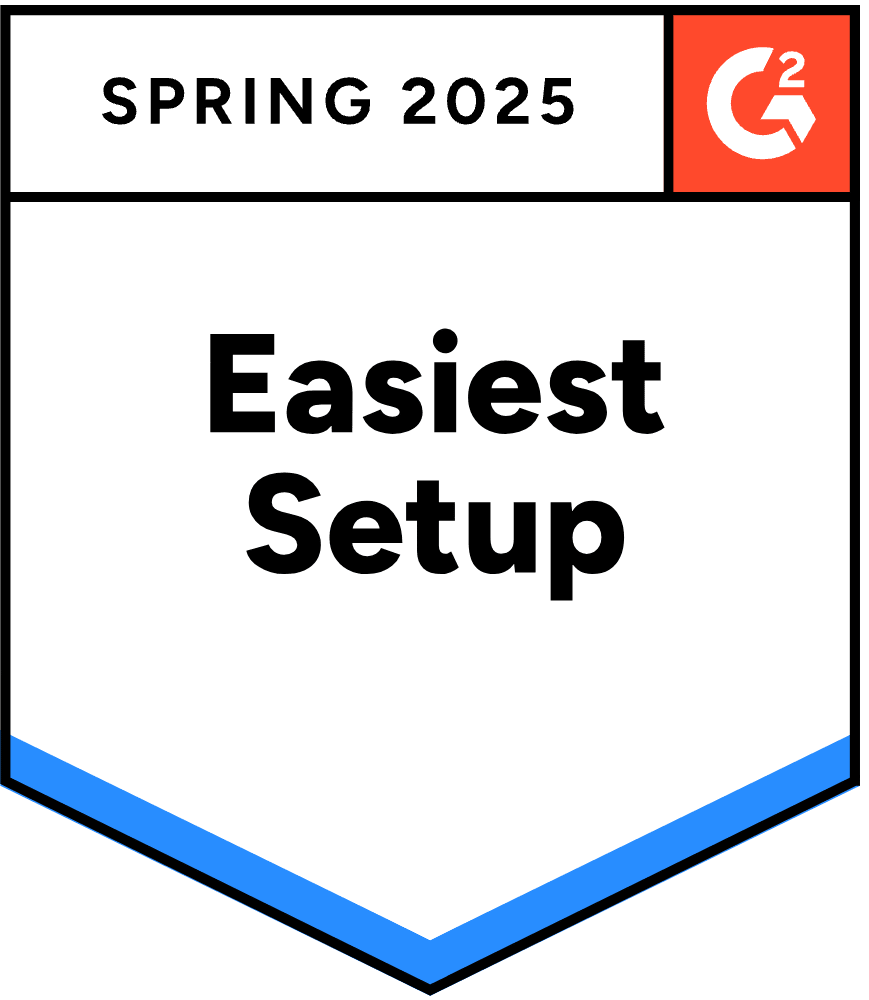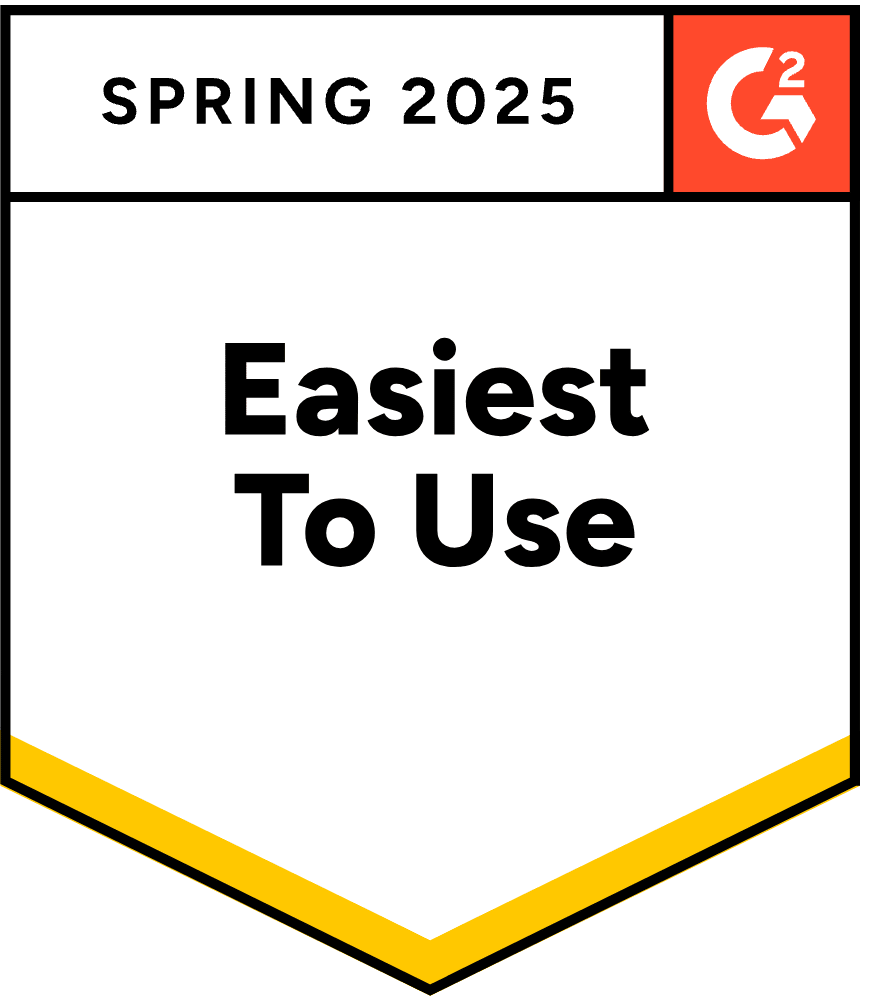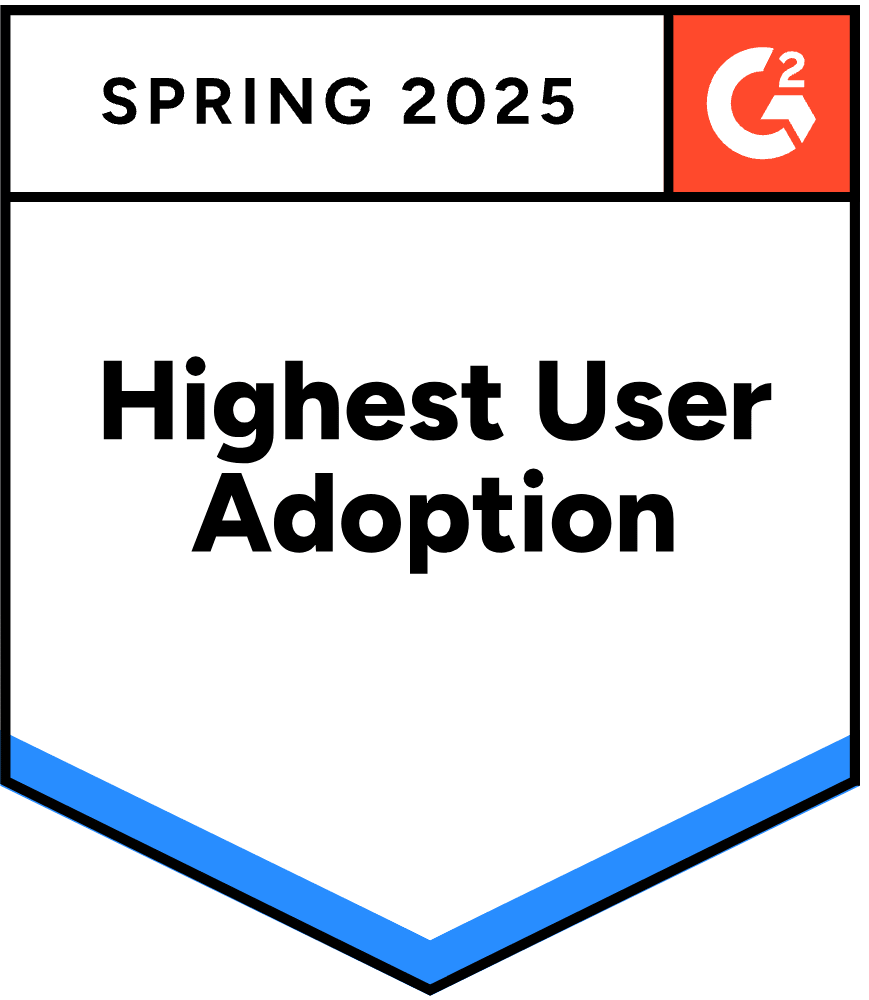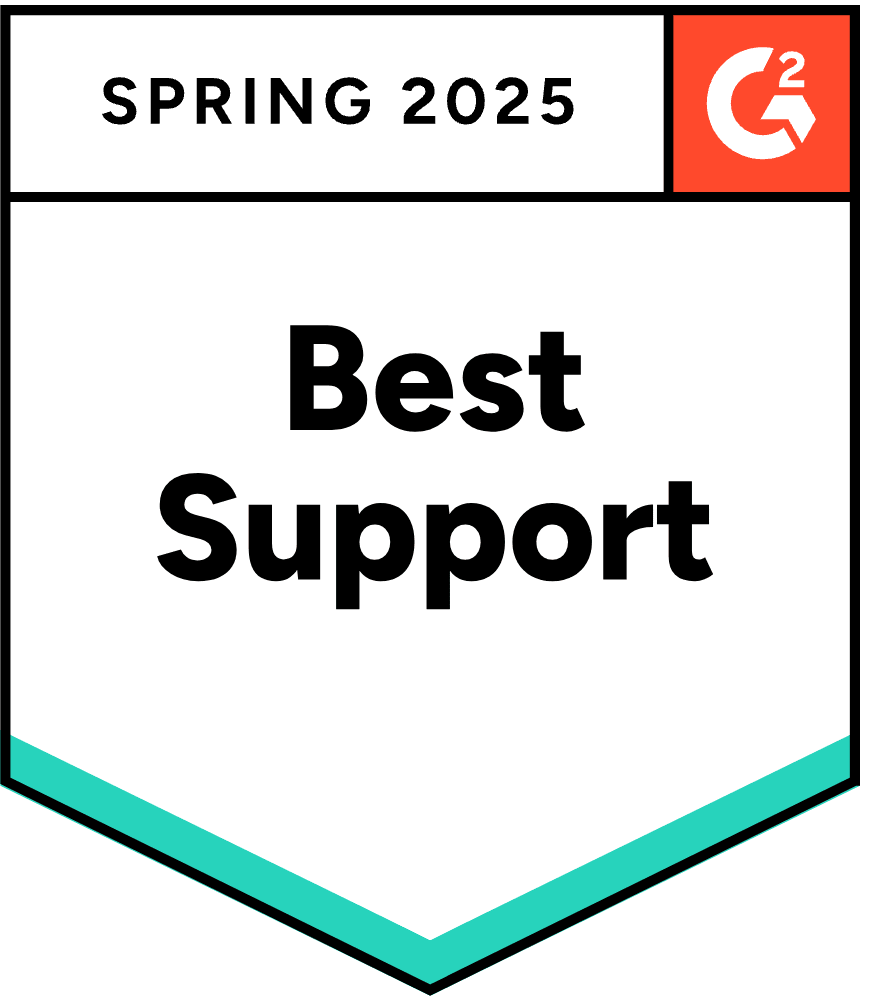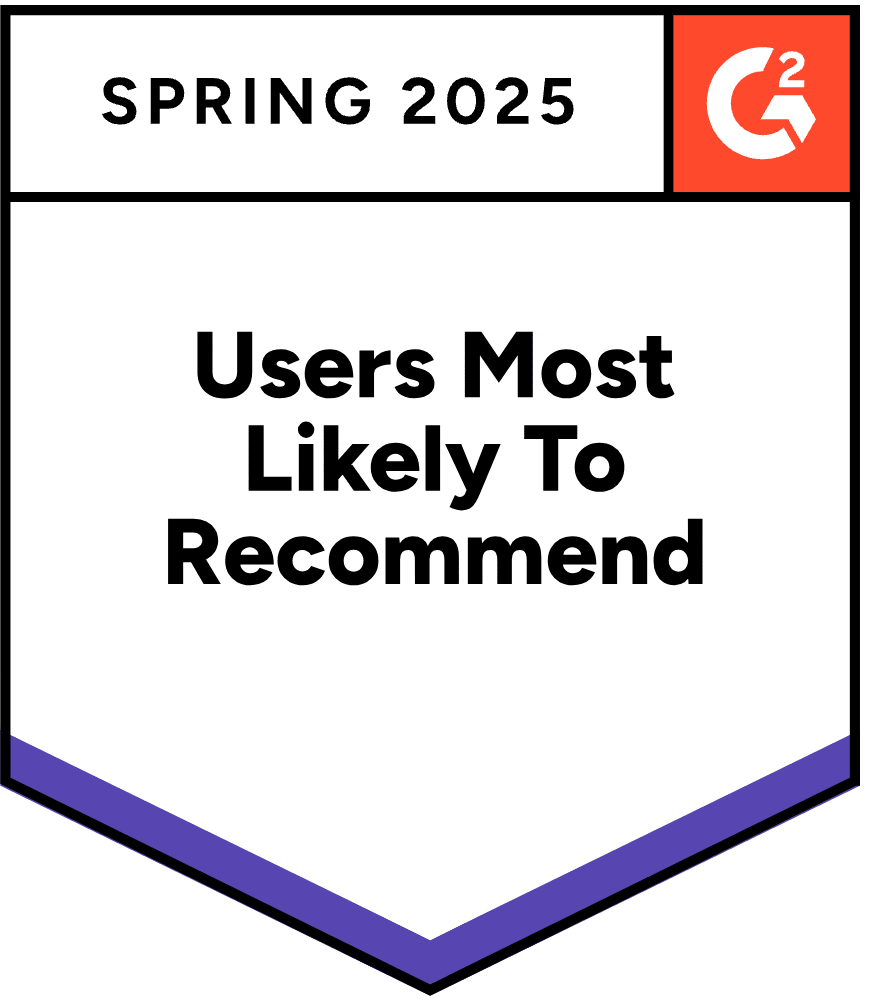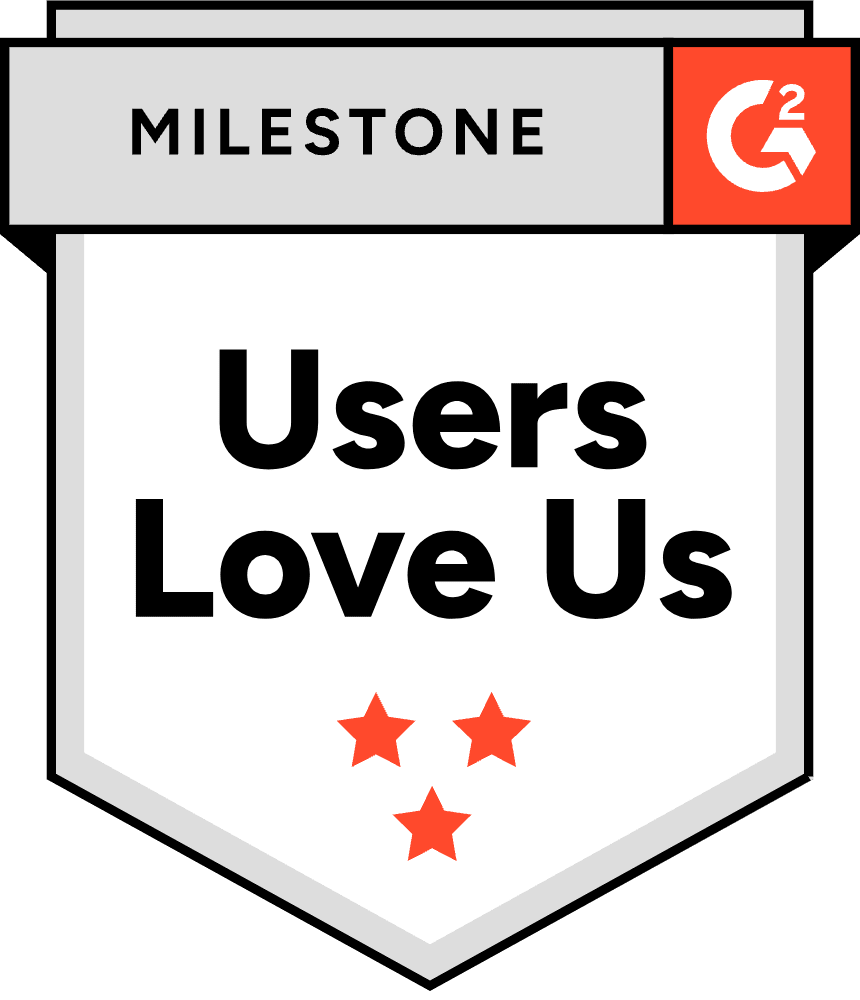Segmenting your portfolio enables you to pricisely target customer expectations, tailor your organisational structure and optimise resource allocation to each segment. But what criteria should you use, and what are the pros and cons of each method?
Francesca Bonavita's advice - VP Customer Success- to set up an efficient customer segmentation.
Segmentation, an Essential Tool in Customer Relations
Why implement customer segmentation?
Segmentation involves categorising customers based on criteria relevant to your organisation, creating groups with shared characteristics. This results in uniform customer segments and streamlines tracking.
Customer Success teams can then operate more efficiently, accurately gauging efforts required for each customer type while maintaining key metrics like churn rate or the MRR (Monthly Recurring Revenue).
It offers a deeper understanding of your customer base and provides clear insights for other departments and management. It identifies which offerings resonate (or don't) with each customer profile.
In essence, it's a vital tool for achieving more with less, fostering peace of mind, and promoting internal alignment!
Don't delay in segmenting your portfolio!
Irrespective of your customer volume, establishing clear segmentation criteria from the outset (such as industry sector, company size, geographic location, and purchased products) is crucial for success. There's no reason to postpone this! Once individuazed actions become impractical or as your team expands, segmentation will inevitably become indispensable.
Collaborating with your sales manager can provide valuable insights into how they've segmented the TAM (Total Addressable Market) and how sales efforts are allocated. Aligning with their approach can offer significant benefits, helping you understand which customer types yield the most successful sales. This initial insight will shed light on critical market criteria, highlighiting where your company and products excel or face challenges. Thus, you can anticipate the influx of various customer profiles into your portfolio and gauge how well their expectations align with your offerings.
Furthermore, segmentation is applicable at all levels. Whether overseeing the entire customer base or a subset of the portfolio, segmenting your scope is essential for understanding, anticipating and strategically positionning your effort to achieve your goals.
For team leaders, segmentation facilitates efficient and equitable portfolio distribution. As a Customer Success Manager managing your own portfolio, analysing customer typology and catagorising them based on simple criteria will aid in prioritising daily actions effectively.
How To Implement Customer Segmentation?
Customer segmentation comes in various types, and there's no one-size-fits-all method; it's all about meeting your business requirements.
I have chosen today to focus on 3 types of segmentation:
- By revenue or supply level (the protection approach)
- By vertical, product or geography (the specialist approach)
- By maturity or potential (the development approach)
#1. By revenue or supply level (the protection approach)
How: The simplest method involves dividing your customer base into three tiers based on ARR or MRR levels (Large - Medium - Small) using a rule of 20% - 40% - 40%, or according to the level of offering (e.g., Freemium / Access / Enterprise).
✅ Advantage: This segmentation is straightforward to implement and provides clear guidance on where to focus efforts to maintain your churn rate within objectives. Protecting one large customer is often more financially beneficial than retaining multiple smaller ones. It's effective and essential for addressing protection concerns.
⚠️ Disadvantage: While it offers insights into the current value of your customer base, it doesn't provide visibility into its potential. It's insufficient for addressing development issues. Moreover, it may not be effective if your customers have relatively small variations in MRR or if you're managing churn based on the number of accounts.
#2. By vertical, product or geography (the specialist approach)
How: Define objective criteria and segment your customer base accordingly (for example, by verticals: Banking / Media / Retail / Services / ...) or based on your product categories. This involves identifying criteria that create homogeneous segments with similar expectations.
✅ Advantage: Specialised coaching can be developed with benchmarks and tailored content for each segment. Enhance your understanding of your customers' industries, their KPIs, and key challenges, allowing for more relevant business reviews. Assigning a Customer Success Manager (CSM) to a specific product enables more precise responses to customer expectations and promotes optimal platform use. Hiring CSMs who understand your customers' language, grasp geographical challenges, and adapt your value proposition to local constraints can significantly enhance customer relationships.
⚠️ Disadvantage: Be cautious about organisational scalability. The more segmentation criteria you introduce for specialization, the greater the need for specialists. Cross-segmentation based on multiple criteria (e.g., sector + product + geography) can complicate operations and divert focus from your core objectives.
#3. By maturity and potential (the development approach)
2 steps are required:
- Establish a maturity score for the company (e.g., whether it has prior experience with a similar tool, team size, module complexity). A more mature customer is more likely to become a power user and upsell, but they must also have investment capacity, indicating potential.
- Cross-reference maturity with ARR to calculate a potential score. For instance, compare company turnover with the amount paid by the customer. A large company with a small ARR may have growth potential, while a small company with a large ARR may have reached its investment capacity.
✅ Advantage: This segmentation aligns closely with your team and business objectives. Tailor your onboarding approach and anticipate customer expectations from the outset. Optimise your team's profile distribution (seniors for mature customers, juniors for new ones). Viewing customers beyond MRR to include long-term potential allows investment in promising clients, enhancing value delivery.
⚠️ Disadvantage: Establishing objective maturity criteria can be challenging. Your definition of maturity may not align with your contact's level of experience, requiring rapid adaptation. Less mature clients may demand more time due to resource constraints, necessitating a careful balance of effort allocation.
Bringing Your Segmentation To Life
Begin with a straightforward segmentation
When considering a segment, assess its significance to your business and the effort required to engage with it. The smaller and more specialised your segments, the greater the risk of encountering scalability issues and losing sight of your customer base. Conversely, overly large segments may fail to fulfil their intended purpose, leading to a return to a mass marketing approach
Start with a simple segmentation (3-5 segments), then gradually refine it.
Likewise, collaborating with your sales manager to share your segmentation enables you to anticipate segment growth, refine your approach, and plan recruitment strategies accordingly.
Regularly evolve your segmentation
Once you've experienced the benefits of segmentation, you'll likely find yourself naturally inclined to explore further segmentation possibilities. However, exercise caution against crossing too many segments, as this could result in creating overly small, fragmented segments.
Consider factors such as your product offering (is it consistent or diverse in nature? how might it evolve?), expansion into new markets or sectors, and sales objectives (will new customers be evenly distributed across segments, or will sales and marketing efforts be concentrated on specific segments?).
As a general rule, it's advisable to review and challenge your segmentation annually, validating its effectiveness through metrics such as churn rate or MRR relative to time invested.
Customise the Follow-up Plan for Each Customer Segment
Once you have identified where to allocate effort, you can tailor the coaching methodology by considering :
- the time spent (High-Touch vs. Low-Touch),
- the type of expertise expected (Product vs. Business vs. Technical),
- and the level of customer maturity (Beginner vs. Expert).
For instance, if your company offers 3 tiers (Access / Standard / Premium) across 3 industry sectors (Banking-Insurance / Retail / Food):
- Access clients receive Low-Touch follow-ups from Growth-oriented profiles, facilitating growth through automated programmes and webinars.
- Standard and Premium customers, with lower maturity levels, are managed through Mid-Touch interactions with junior profiles, focusing on product adoption and assisting customers in enhancing their fundamental skills.
- Mature Premium Banking-Insurance clients benefit from High-Touch support by Senior Experts, well-versed in the sector's unique challenges, where value creation can be complex.
- Similarly, mature Premium Retail and Food customers receive High-Touch support from CSM consultants, as the sectors share similarities and do not necessitate heightened expertise.
In conclusion, effective segmentation considers the business objectives of your company, aligning with the strategy to help achieve desired outcomes. It considers key characteristics to enhance understanding of your customers, guiding where to allocate efforts and tailor the skills expected from your team. This results in a clear and impactful portfolio strategy. Each segmentation is distinct and subject to ongoing evaluation. The responsibility now lies with you to implement and refine your segmentation approach.



